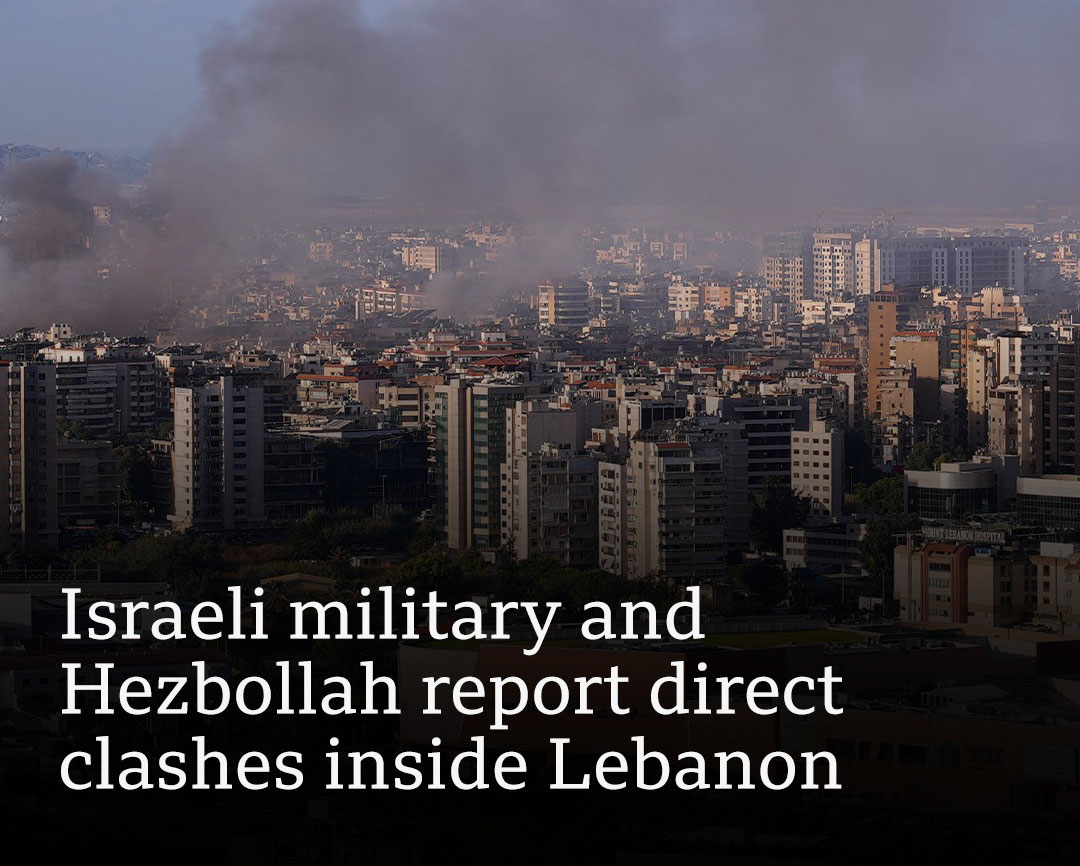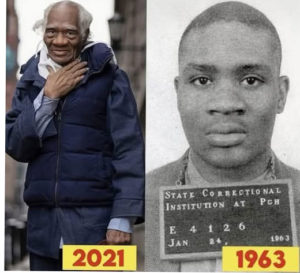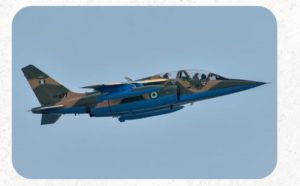IDF says seven soldiers wounded, in addition to eight killed

Over now to an emergency meeting of the UN Security Council on the situation in the Middle East.
Over now to an emergency meeting of the UN Security Council on the situation in the Middle East.
“The raging fires in the middle east are fast becoming an inferno,” UN secretary general Antonio Guterres tells delegates.
He says since last week, things have “gone from bad, to much, much worse”.
He describes Israeli airstrikes across Lebanon as “relentless”. He speaks of a proposed temporary ceasefire, but says Israel rejected this and “stepped up” their strikes.
UN peacekeepers remain in position, he says, and the “UN flag continues to fly despite Israel’s request to relocate”.
He also says “I again strongly condemn” Iran’s missile attack on Israel. Earlier, he was banned from Israel as they claim he had not yet condemned the attacks.
Guterres adds that it is “absolutely essential to avoid all-out war in Lebanon” and says it would have “profound and devastating consequences”.
“Time is running out.”
He calls for a ceasefire.
IDF says seven soldiers wounded, in addition to eight killed
published at 15:51 British Summer Time 2 October
15:51 BST 2 October
We bring you more detail now on the deaths of seven more Israeli soldiers in southern Lebanon.
The IDF says three were from the Egoz unit, the same unit to which Eitan Yitzhak Oster – the first soldier confirmed killed today – belonged.
It also says seven soldiers have been injured.
In total, eight Israeli soldiers have been reported killed in combat – the first inside Lebanon since the invasion began.
Seven Israeli soldiers killed in Lebanon fighting – IDF
published at 15:33 British Summer Time 2 October
15:33 BST 2 October
BREAKING
The Israel military has just announced the deaths of seven soldiers in combat in southern Lebanon.
We’ll bring you more on this shortly.
Assessing the fighting in southern Lebanon
published at 15:30 British Summer Time 2 October
15:30 BST 2 October
Nick Beake
Reporting from northern Israel
Israel’s Iron Dome shooting down rockets
This was the sky above us earlier as Israel’s Iron Dome shot down one of the more than 100 Hezbollah rockets reported to have been launched from southern Lebanon so far today.
The loud explosions that accompanied the interceptions reflect the intensification of a battle that’s happening beyond the northern Israeli hills, out of our view.
It’s there that Israel is more than 36 hours into its ground invasion in Lebanon, which it says consists of a series of targeted operations.
At the same time, from nearby – but still afar – we’re constantly trying to piece together information from various sources to attempt to build an accurate picture of what’s unfolding.
First thing this morning, Hezbollah claimed to have repelled Israeli troops in the town of Adaisseh, inflicting casualties in the process.
Next, the Lebanese military – which is separate from Hezbollah – reported that Israeli troops had advanced about 400 metres into Lebanon, before turning back.
Then came confirmation from the IDF that it was involved – for the first time – in direct fighting with Hezbollah on the ground in what it called “close-range encounters”. The IDF also released a short video clip showing troops on the move, in day-time and night-time, but gave away no details that would tell us more about the fighting that’s taking place.
Finally, the IDF confirmed the death of the first Israeli soldier during this Lebanon invasion. It sent condolences to the family of captain Eitan Oster who it said was killed today.
Until that point, many other Israeli families of serving soldiers now on – or beyond – the Lebanon border had faced an anxious wait for news as unconfirmed reports of casualties gathered pace on Telegram and WhatsApp groups – as well as in local and some Arab media.
With the announcement that another division of the Israeli army is being sent to the Lebanese border, more families will fear for loved ones crossing the border and into territory that Hezbollah knows so well.
Prime Minister Netanyahu says this is a vital, new mission to push back Hezbollah and allow tens of thousands of Israelis to return to their homes. But it’s perilous for the troops – and – as we’ve seen – has already had a devastating impact of hundreds of thousands of Lebanese civilians who’s been forced to flee their homes to escape the expanding Israeli attack.
IDF confirms more strikes in Gaza
published at 15:14 British Summer Time 2 October
15:14 BST 2 October
Now for the latest news from Gaza.
The Israel Defense Forces (IDF) says it earlier sent fighter jets to attack what it says “was previously used” as the Nuseirat school in Gaza.
In a post on X, the Israeli military says it targeted the building as it believed members of Hamas were using it as a command base.
It says steps were taken to reduce the chance of harming civilians. There are no immediate reports of casualties.
Watch: Iranian missiles as seen from a plane, and huge explosion near Mossad HQ
We can bring you some more footage now of Iranian missiles being fired towards Israel last night.
The first clip shows the view from a plane, the second shows missiles flying overhead in Bethlehem, and the third shows a huge blast near the headquarters of Israel’s Mossad spy agency in Tel Aviv.
The Israel Defense Forces (IDF) said the attack involved more than 180 missiles and that most were intercepted.
Media caption,
Watch: View from above as Iran fires a barrage of missiles towards Israel
Hezbollah claims to have inflicted further casualties on IDF
Hezbollah claims its fighters have inflicted casualties on Israeli soldiers who the militant group says were seeking to encircle the southern Lebanese village of Yaroun.
It says that at 14:00 (12:00 BST), Hezbollah fighters “surprised” the Israeli soldiers by detonating an explosive device inflicting “casualties on all members of the force”.
This would be the third direct confrontation that Hezbollah has claimed today. Earlier, the group said they’d clashed with the Israeli military when it “infiltrated” the Lebanese town of Maroun al-Ras – which is about 5km (2 miles) north east of Yaroun.
This attack and others have not been confirmed by the Israeli military.
But both sides have now reported “close range” encounters taking place today.
Netanyahu holds briefing with security chiefs
Israeli Prime Minister Benjamin Netanyahu has held a consultation with the heads of the security establishment this afternoon in Tel Aviv.
In the picture below, he can be seen sitting opposite to Defence Minister Yoav Gallant among others.
The PM had earlier vowed to hit back at Iran, describing last night’s massive attack as “a big mistake” that Tehran “will pay for”.
Israeli Prime Minister Benjamin Netanyahu holding a security consultation
UK jets did not shoot down Iranian missiles, BBC understands
The BBC understands that British military jets did not shoot down any Iranian ballistic missiles fired overnight. Nor did the Royal Navy Destroyer, HMS Duncan, fire any of her Sea Viper missiles.
The UK Defence Secretary, John Healey, earlier said that UK forces “played their part” to prevent escalation in last night’s mass Iranian ballistic missile strike on Israel.
But so far the Ministry of Defence has given no further detail of how they were involved.
Royal Air Force Typhoon jets based in Cyprus shot down a number of Iranian drones last April. But they are not equipped to track and shoot down ballistic missiles.
In a later update, the MoD confirmed two Typhoon fighter jets and a Voyager air-to-air tanker were involved, but provided no more detail than to confirm they did not “engage any targets”.
IDF says airbases suffered only minor damage in Iranian attack
The Israel Defense Forces (IDF) says the Iranian air strikes on the country last night caused no damage to aircraft, drones or critical infrastructure, despite airbases being hit, Israeli media reports.
According to Israeli media, the IDF says two civilians were hurt by shrapnel but no major injuries were sustained as a result of the attack.
eople look at the wreckage of an Iranian ballistic missile in the Negev desert near the Dead Sea, southern Israel
‘A huge miracle’ no one was hurt by Iranian missile attack on school
The rector in charge of a primary school in central Israel hit by an Iranian missile last night tells me it feels like “a huge miracle” that no one was hurt in that strike.
Several hundred children at Shalhavot Chabad school, in the town of Gedera, had stayed late for a Jewish New Year celebration which ended around two hours before the attack, Rabbi Rafael Brod says.
The wall of the school building collapsed under the impact of the missile, destroying classrooms and an indoor play area.
“When we saw the damage, we were afraid to think what could have happened,” says Rabbi Rafael, who later rushed to the scene.
He is concerned that the mental toll on some of the pupils may be “challenging”, as he says many of them live metres away from the school and heard the impact.
The school plans to reopen on Sunday, after the festival of Rosh Hashanah.
Inspired by their religious beliefs, the plan is not only to rebuild the existing site but also to build another one, Rabbi Rafael says, in order to “create new light out of the darkness”.
Flattened buildings and drones overhead in Dahieh
We are in Beirut’s southern suburbs known as Dahieh, the Hezbollah base in the capital, as part of a media tour organised by the group.
Hezbollah organised the tour to show what the group described as “some of the barbaric Israeli attacks on residential buildings and media institutions”.
It was a rare chance to visit some of the sites hit in this intense campaign of Israeli airstrikes. One of the locations we were taken to was the building belonging to Sirat TV, hit on Monday.
It was flattened, and nearby buildings were severely damaged, an indication of the power of the attack.
There was still smoke billowing from the rubble and a heavy smell in the air. As we visited we could hear the sound of drones flying overhead.
There were several posters with the face of the Hezbollah leader Hassan Nasrallah, killed in an Israeli airstrike in Dahieh last week, and a banner saying: “None of our banners shall fall”.
The second location was a residential building hit yesterday, also flattened.
Israel has accused the group of embedding its facilities, including weapons storage sites, in residential areas, and of using the civilian population as human shields, something Hezbollah has denied.
Israeli military announces first soldier killed inside Lebanon
The death of the first Israeli soldier killed inside Lebanon since the ground invasion has been confirmed.
The Israeli Defense Forces (IDF) announced in a statement that Captain Eitan Yitzhak Oster, 22, was killed inside Lebanon on Wednesday.
The 22-year-old was a team commander in the Egoz unit, an elite commando unit specialising in guerrilla warfare, the IDF says.
Hezbollah says today’s clashes are ‘first round’ of war
A spokesperson for Hezbollah says its clashes with the Israel Defense Forces in southern Lebanon today are part of the “first round of war”.
“Our forces and resistance fighters are fully prepared to confront and resist the enemy,” Hezbollah’s Mohammad Afif told reporters, as quoted by Reuters and NBC.
Afif adds that the militant group is sufficiently armed for confrontations with the IDF.
Hezbollah and the IDF are both reporting on-the-ground clashes inside Lebanon on Wednesday.
Israel reaches 400 metres into Lebanon – Lebanese army
We’ve been reporting that the Israeli military has said it’s engaged in “close-range encounters” in southern Lebanon, and Hezbollah’s claims to have clashed with Israeli forces.
Now, the Lebanese army have confirmed the Israeli invasion.
It says Israeli forces breached the Blue Line – the United Nations-patrolled boundary that separates Israel and the occupied Golan Heights from Lebanon – entering approximately 400 metres (1,300ft) into southern Lebanon.
The Israeli forces “withdrew after a short period”, it said in a post on social media.
As a reminder, Hezbollah is a non-state group – that is, separate to the Lebanese government and military. Lebanese authorities have little say, if any, over its actions.
Israeli military reports ‘close-range encounters’ inside Lebanon
The Israeli military is engaged in “close-range encounters” in southern Lebanon, the IDF says in a new statement, which reports operations in “several areas”.
“Forces from the Commando Brigade, including soldiers from the Egoz Unit, located and destroyed a Hezbollah attack infrastructure…
“The troops, in cooperation with the Israeli Air Force, eliminated terrorists and dismantled terrorist infrastructure through precision-guided munitions and close-range engagements.”
It adds “more than 150 terror infrastructures” have been destroyed by recent airstrikes.
Hezbollah has announced new clashes with Israeli soldiers who “infiltrated” the Lebanese town of Maroun al-Ras.
The town is about 2km (1.2 miles) from the Israel-Lebanon border.
According to Hezbollah, Israeli soldiers entered from the east side, and the fighting is continuing, it said in the past hour.
This is the second direct confrontation with Israeli troops that Hezbollah has claimed today. Earlier, the group said they successfully repelled an Israeli infantry incursion into Lebanon.
We’re also getting an update from the Israeli military on fighting inside Lebanon. We’ll have that very soon.
A map shows the villages of Maroun al-Ras and Adaisseh in southern Lebanon
Israel bans UN secretary general from country
Israel’s foreign minister says UN Secretary-General António Guterres is “persona non grata” in Israel, and is barred from entering the country.
Israel Katz says his decision is a response to Guterres’ failure to “unequivocally condemn” Iran’s missile attack on Israel on Tuesday.
He accuses the UN chief of being “anti-Israel” and giving “support to terrorists, rapists, and murderers. Guterres will be remembered as a stain on the history of the UN for generations to come.”
Yesterday, the UN chief condemned “the broadening of the Middle East conflict with escalation after escalation” and called for a ceasefire.
UN Secretary-General Guterres
In Gaza, Hamas-run health ministry says 51 killed by Israeli attacks on Khan Younis
A destroyed house in Khan Younis on Wednesday, after an Israeli strike
Moving away from southern Lebanon, here’s the latest on Israeli strikes in Gaza.
The Hamas-run health ministry says at least 51 people, including women and children, have been killed in the past day by an Israeli offensive in the Khan Younis area.
One man, from Qizan An-Najjar in the Khan Younis area, said his wife and daughter were injured in an attack for which there was “no prior warning”.
“I barely survived; my daughter is injured, and my wife has a head injury that may lead to vision loss. They completely destroyed the House of al-Fara, which was filled with displaced people and residents.”
Further north in Gaza City, medics told Reuters news agency that 22 were killed when Israel Defense Forces struck a school and the al-Amal orphanage sheltering displaced people.
There, Israel said its air force had carried out precise hits on terrorists operating inside Hamas command and control centres. It claimed Hamas terrorists had been operating in former school compounds.
Three killed in Israeli air strike on border village – Lebanese state media
Lebanon’s state-run National News Agency (NNA) reports that three people were killed in an early morning Israeli air strike on the village of Debel, close to the Israeli border.
It also says one person was killed in an Israeli air strike that targeted a town further north, in West Bekaa.
Also, the Lebanese Civil Defense says that since 20:00 last night (22:00 BST) it has recovered four bodies from the southern suburbs of Beirut, rescuing almost 40 injured people.





